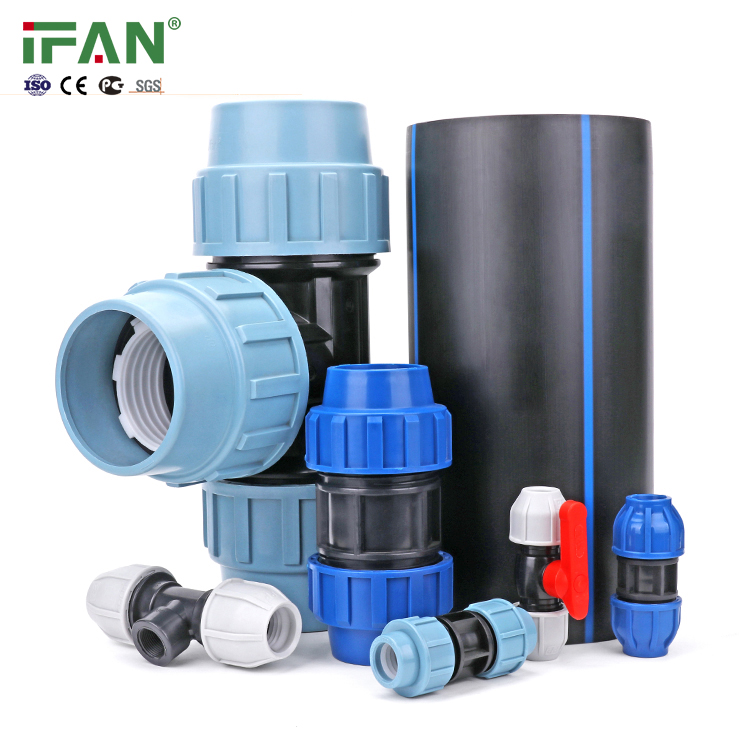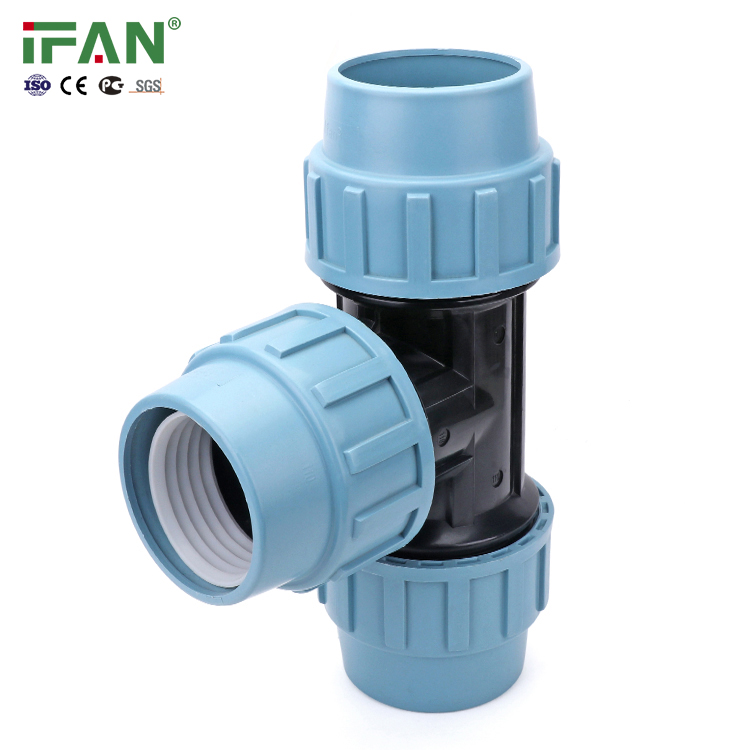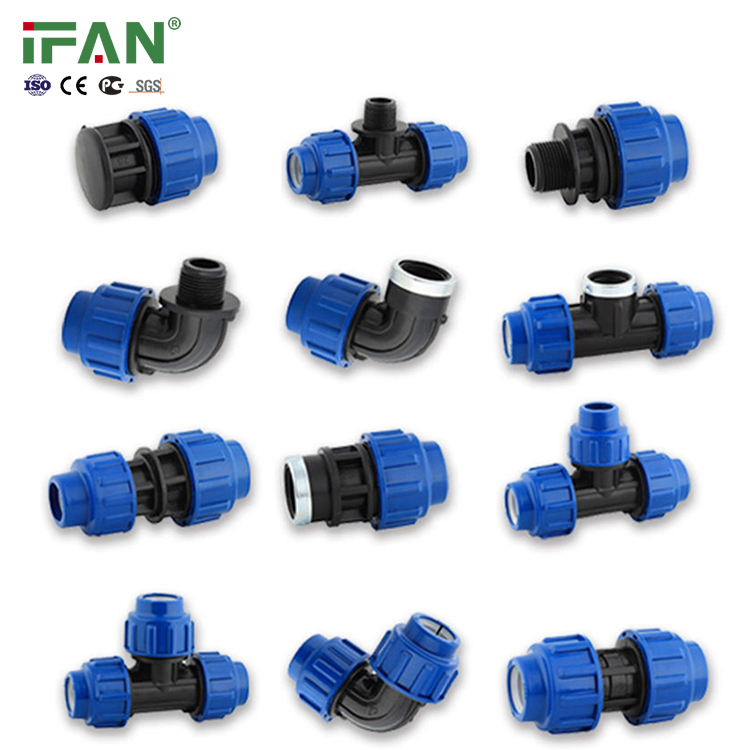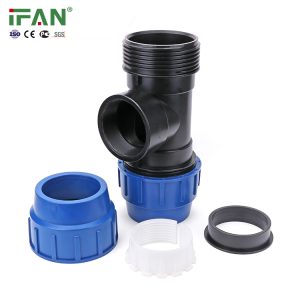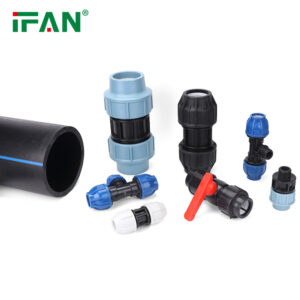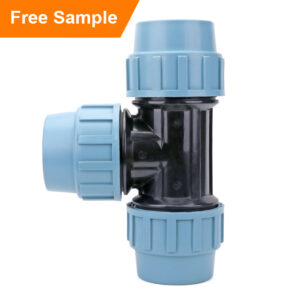Description
Tips for Proper Installation and Maintenance of HDPE Fittings
If you’re looking for a versatile and durable solution for your piping and plumbing needs, HDPE fittings could be the answer. High-density polyethylene (HDPE) fittings are made from a thermoplastic material that is lightweight, flexible, and resistant to chemicals, corrosion, and UV radiation. In addition, HDPE fittings can be used in a wide range of applications, from municipal water systems to industrial processing plants. Here are some tips for proper installation and maintenance of HDPE fittings:
1. Choose the Right Fitting for the Job
HDPE fittings come in various sizes, shapes, and configurations, so it’s essential to choose the right one for your specific application. Consider the type of fluid or gas that will be flowing through the pipe, the pressure, temperature, and other environmental factors. Be sure to consult the manufacturer’s specifications and recommendations.
2. Prepare the Surface Properly
Before installing HDPE fittings, you need to ensure that the surface is clean, dry, and free of any debris or contaminants. You can use a cleaning solution and a lint-free cloth to wipe the surface and remove any dirt, oil, or grease. Ensure that the surface is smooth and level, and that there are no sharp edges or protrusions that could damage the fitting.
3. Install Fittings According to Specifications
HDPE fittings should be installed according to the manufacturer’s specifications and recommendations. Use the right tools for the job, such as a quality torque wrench, and ensure that the fittings are properly aligned and seated. Avoid over-tightening or under-tightening the fittings, as this can cause leaks, cracks, or other damage.
4. Inspect and Maintain Fittings Regularly
Even though HDPE is a durable and long-lasting material, it still requires regular maintenance and inspection. Check the fittings periodically for signs of wear, corrosion, or damage. Replace any parts that are cracked, broken, or otherwise compromised. Use compatible lubricants and sealants to prevent leaks and ensure proper functioning.
In conclusion, HDPE fittings offer a range of benefits over traditional metal or PVC fittings. They are lightweight, flexible, resistant to chemicals and UV radiation, and can be used in a wide range of applications. However, proper installation and maintenance are crucial for their longevity and efficiency. By following the tips outlined above, you can ensure that your HDPE fittings are installed and maintained correctly, and that they provide you with years of reliable service. So, take the first step today and invest in quality HDPE fittings for your piping and plumbing needs!
<a href=”https://www.ifanindus.com/contact-us/” rel=”noopener” target=”_blank”>Free Sample(Click Here to Get Free Sample)</a>
Related products


